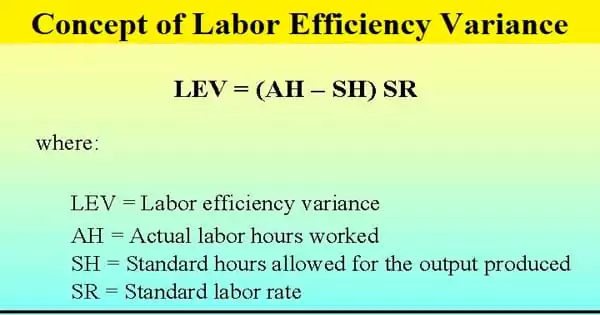When the actual price paid for materials used in manufacturing differs from the normal price for the materials, this is referred to as a Material Price Variance (MPV). It will be advantageous if the real cost of the materials paid is less than the standard price. The Material Price Variance will be negative if the price paid for the materials is higher than the standard price.
Material price variance is the difference between the actual price paid and the specified standard price. The material price variation might be estimated at the time of purchase or when the product is used. Calculating at the moment of purchase is often preferred.
A Material Price Variance may occur for a variety of reasons, such as a rise in price, changes in transportation expenses, size of the order, or the quality of materials being purchased, among others.
Material price variance is calculated by using the following formula:
Material price variance (MPV) = AQx(SP-AP)
Where,
- AQ = Actual Quantity
- SP = Standard Price
- AP = Actual Price
If the actual price is more than the standard price, there will be an adverse or unfavorable variance and when the actual price is less than the standard price, the variance will be favorable.
Calculation of Material Price Variance
Illustration
- Standard quantity of material Q for 500 units of output is fixed as 800 kg.
- Standard price per kg. of material Q is estimated to be $ 5
- Actual quantity of material Q was 800 kg.
- Actual price of material was $ 4.5 per kg.
- Actual output was 400 units.
Solution,
Material Price Variance(MPV) = Actual quantity x(Standard price-Actual price)
Or, MPV = AQ x (SP-AP) = 800 x(5-4.5) = $400 (F)
Since the resulting figure is positive the material price variance is favorable.
The materials price variance is calculated as the difference between the actual and projected cost of acquiring materials multiplied by the total number of units procured. The variance is used to identify instances where a company may be paying too much for raw materials and components.
The standard pricing is the most important aspect of this calculation, which is determined by the engineering and purchasing departments based on consumption estimations, predicted scrap levels, necessary quality, likely purchasing volumes, and several other considerations. Politics can play a role in standard-setting decisions, which implies that standards might be set so high that it is relatively easy to obtain materials at prices lower than the norm, resulting in a beneficial variance. Thus, the decision-making process that goes into the creation of a standard price plays a large role in the amount of materials price variance that a company reports.
















